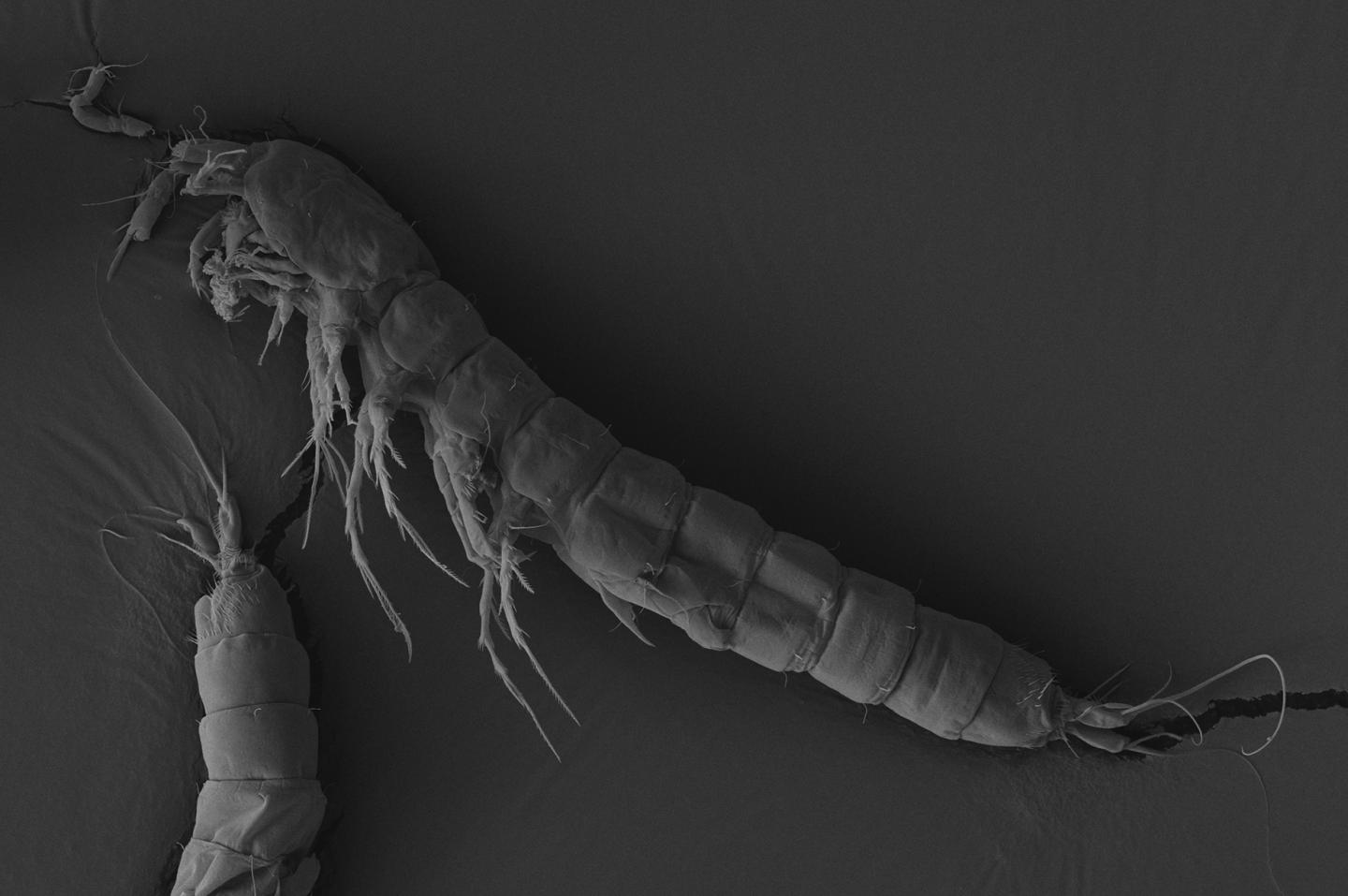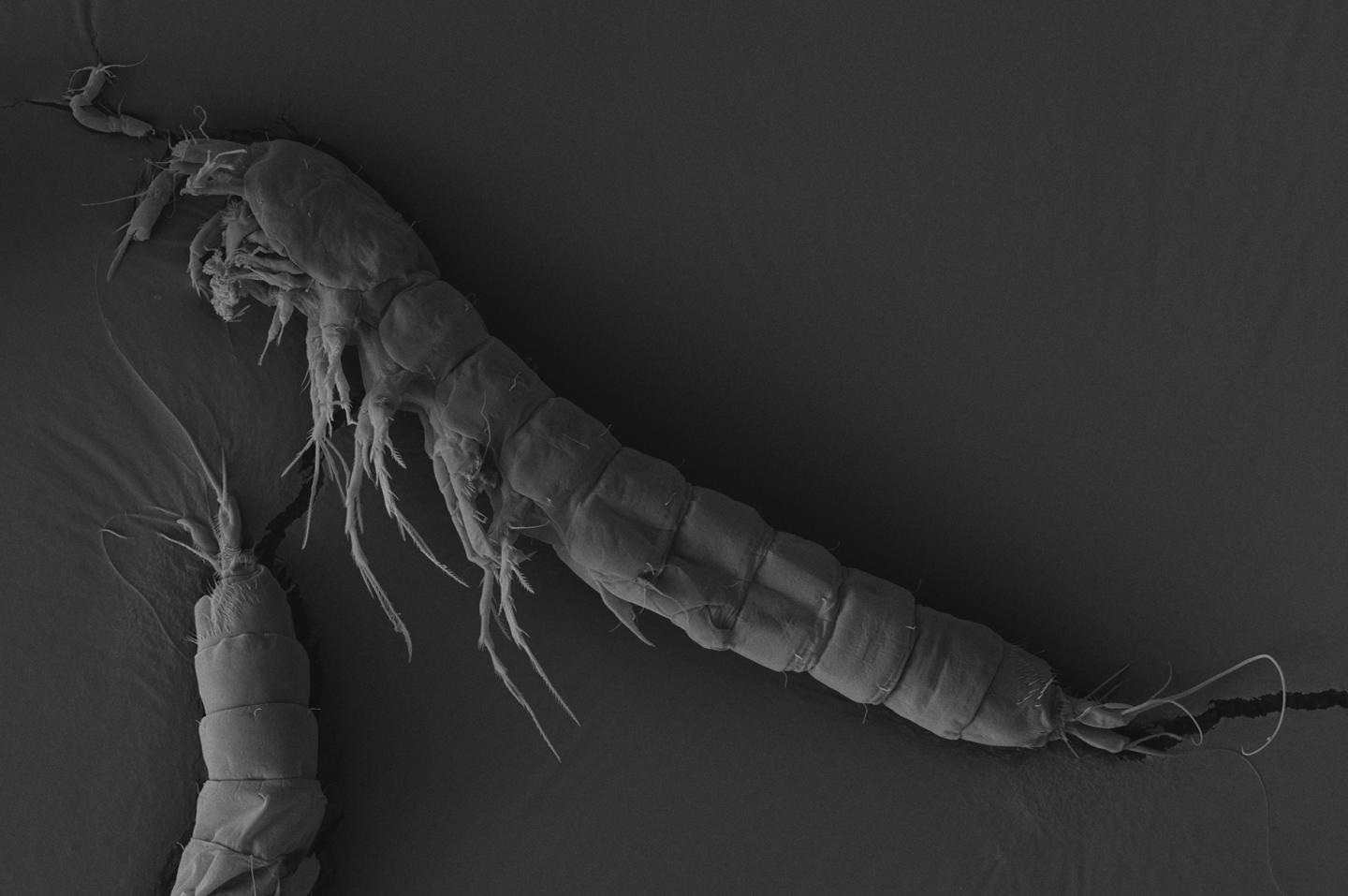
Credit: Dr. Paulo H. C. Corgosinho
A new species of groundwater copepod has been discovered in the rocky savannas of Brazil – an ecosystem suffering from heavy anthropogenic impact. Upon description, the tiny crustacean turned out to also represent a previously unknown genus. It is described by Dr. Paulo H. C. Corgosinho, Montes Claros State University, Brazil, and his team in the open access journal Zoosystematics and Evolution.
Prior to the discovery of the new species, named Eirinicaris antonioi, only one genus of its subfamily (Parastenocaridinae) had been recorded in the Neotropical region, which comes to show that related species had already spread across a huge range when the ancient supercontinent Gondwana split apart.
The new copepod measures about 0,300 mm and can be told apart by its morphological characteristics, including unusual sensorial structures at the rear part of the body, as well as unique sexual dimorphism.
The copepods of the family Parastenocarididae are adapted to life in groundwater, where they thrive between sand grains. These tiny creatures measure less than 1 mm, ranging between 0,200 and 0,400 mm in length. They can be found in various microbiotopes along rivers, lakes and human-made structures, such as dug or artesian wells. Alternatively, these copepods might be associated with mosses and other semi-terrestrial environments.
"This is the first species described from Goiás state, Central Brazil," explain the authors. "With the discovery of this new species our knowledge about the geographical distribution of the copepod family Parastenocarididae is increased. Our project highlights the vast amounts of undiscovered biodiversity of the Brazilian rocky savannas, which are under high anthropogenic threat."
###
Original source:
Corgosinho PHC, Schizas NV, Previattelli D, Falavigna da Rocha CE, Santos-Silva EN (2017) A new genus of Parastenocarididae (Copepoda, Harpacticoida) from the Tocantins River basin (Goiás, Brazil), and a phylogenetic analysis of the Parastenocaridinae. Zoosystematics and Evolution 93(1): 167-187. https://doi.org/10.3897/zse.93.11602
Media Contact
Dr. Paulo H. C. Corgosinho
[email protected]
@Pensoft
http://www.pensoft.net
############
Story Source: Materials provided by Scienmag





